Behind every play, there’s a cast of actors, producers and writers. As the curtain falls at the end of the performance, the crew is hailed with applause or jeered with derision. In Malta these days, every day is a play, every platform a stage, as my social media feeds serve up one hideous photo of Malta after another.
Cheap-looking, shoddily-finished apartment blocks piled up higgledy-piggledy on top and around each other, with no sign of even the most rudimentary effort to rationalise the chaos or create some kind of harmony with their surroundings.
Each of these photos attracts scores of outraged, heart-broken laments from viewers horrified by the ugliness, the lack of cohesion, planning or plain old good taste. And each one is designed, sanctioned and constructed by a group of individuals, the actors in this Greek tragedy, many of whom never get mentioned or publicly criticised.
Each new building comes with a specific list of perpetrators, the architects, planning officials and developers who decided, like Wall Street’s Gordon Gecko, that greed is good and to hell with everyone else.
These individuals don’t seem in the slightest bit fazed by the general opprobrium their work attracts. They should take note, though. While the outrage so far has been almost entirely toothless, with only a few social media groups and environmental NGOs and AD actually doing anything meaningful to try and push back against the tsunami of ugly tawdriness, they will not escape censure forever.
Just as with every criminal, their day of reckoning will come. Like Gordon Gecko, whose philosophy they’ve very publicly adopted as their own, they too will face the music and pay the price.
Most countries have a few controversial buildings that some love and others hate. The Pompidou Centre in Paris, for example, allows many Maltese appalled by Renzo Piano’s Valletta design to feel complete empathy with his Parisian detractors.
But maybe more relevant to Malta’s construction explosion are London’s few remaining survivors from the post-war “brutalist” era: ugly, intimidating, concrete monstrosities that, even among the frenzied modern development of the sprawling city, stand out like warnings from the ghouls of hell. Most of my friends detest them, averting their eyes and crossing themselves whenever one or the other of them appears in view.
Many can only attend a concert at the Barbican – one well-known example of Brutalism – or the South Bank Royal Festival Hall – another – if they hold their noses until they reach the safety of their seats, they find the style so offensive.
The enormous, Soviet Russia-invoking housing estates built in that 1950-1970 interval are even more detested by those who scorn the movement. Yet therein lies the difference.
These buildings express a movement, a style, a utilitarian design development that grew out of the trauma of war and the necessity of employing cheap, easily available materials to rapidly rebuild social housing flattened by German bombs. That in itself gives them value, whatever one’s personal taste.
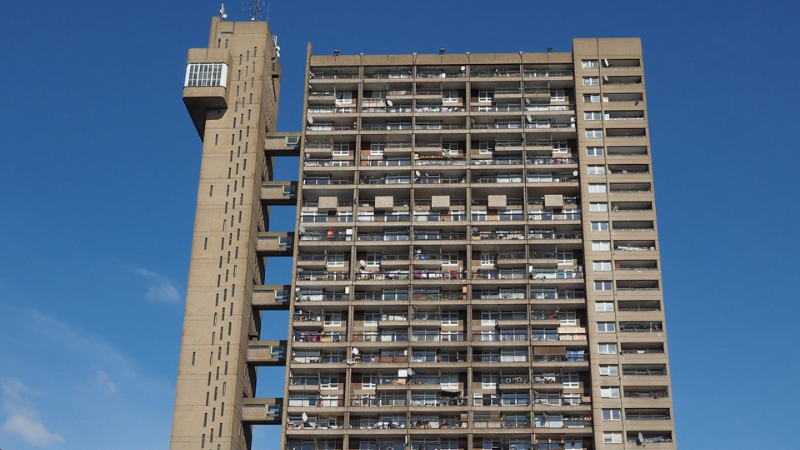
Brutalist architecture: Trellick Tower, London, designed by Erno Goldfinger, 1972.
But what do Malta’s concrete monstrosities represent? They certainly aren’t needed to urgently build up dwelling spaces: the most recent census data I could find, from 2011, showed that as much as a third of all residential units on the island were unoccupied. And of course, the building frenzy since then will only have swelled that number enormously.
Do they conform to some kind of new design trend, a home-grown architectural movement that, like it or not, is expressing itself through the use of specific materials, techniques or values? I think we all know the answer to that is no. The only common thread running through the construction chaos of present-day Malta takes us straight back to Gordon Gecko.
It’s so obvious, so blatant. Yet despite the general fury at the end result, the finger-pointing is often directed at vague, amorphous groups instead of at the specifically-culpable individuals who make up those groups. This is simply not working.
It’s time we learned to be more forceful and definite about our complaints. It’s not an anonymous or shadowy entity that’s destroying the Malta we grew up loving. It is specific individuals who, whether from incompetence, ignorance, corruption, venality or plain old bad taste, have wrought the catastrophic devastation we’re now being forced to endure, day in and day out.
The blame-worthy entities are not faceless. The Planning Authority is made up of individuals and the developers are household names. The architects are less visible, but each and every building is designed by a university-educated supposed professional who should be obliged to label each building he/she designs with a big marble plaque bearing his/her name.
Every building permit applied for is presented by an architect, and not by the developer himself. Without the complicity of Malta’s supposed guardians of urban beauty, we’d have none of the monstrosities we’re currently forced to live with. Three levels of culpability.
When I left Malta in 2010, Bugibba was the planning disaster area of the island. A hideous mishmash of cheap, tawdry, concrete apartment blocks, the only thing in its favour was that nothing was destroyed to make way for it.
And that’s where the crimes of today’s architects, planners and developers become unforgivable. They have, now, ripped up elegant town streets, charming village squares and entire peninsulas to satisfy their greed. They’re very complacent at the moment, arrogantly brushing off the public’s outrage while already plotting the next calamity.
The day will come when all involved in this catastrophe are held accountable. With boxed-in, suffocating urban-dwellers desperately seeking to escape for an afternoon in the country being slammed back with private property signs – put up by the very developers who’ve buried our home towns in concrete – telling them to keep out and enjoy the countryside from the road, the anger is rising fast.
And so it should. These people must be held accountable; they must bear the responsibility for the havoc they’ve wrought. They’ve gone too far. And the angrier we get now, the sooner we’ll get to see them come crashing down from their self-erected pedestals. And hopefully, like Humpty Dumpty, no one will ever be able to put them together again.

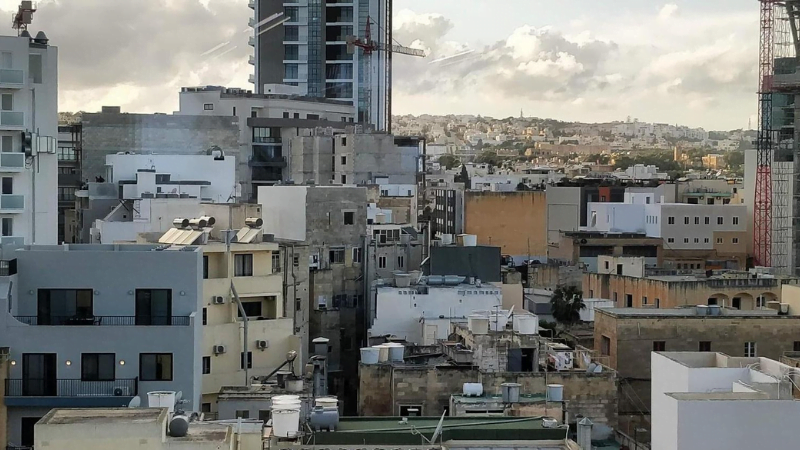

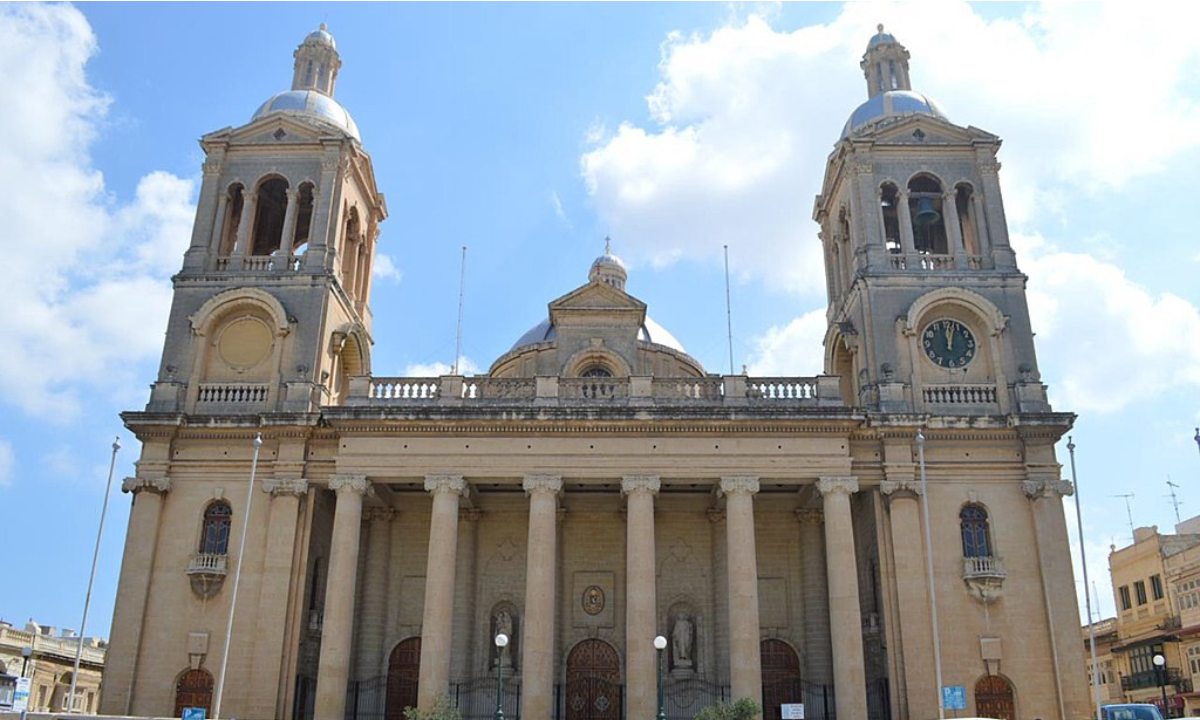
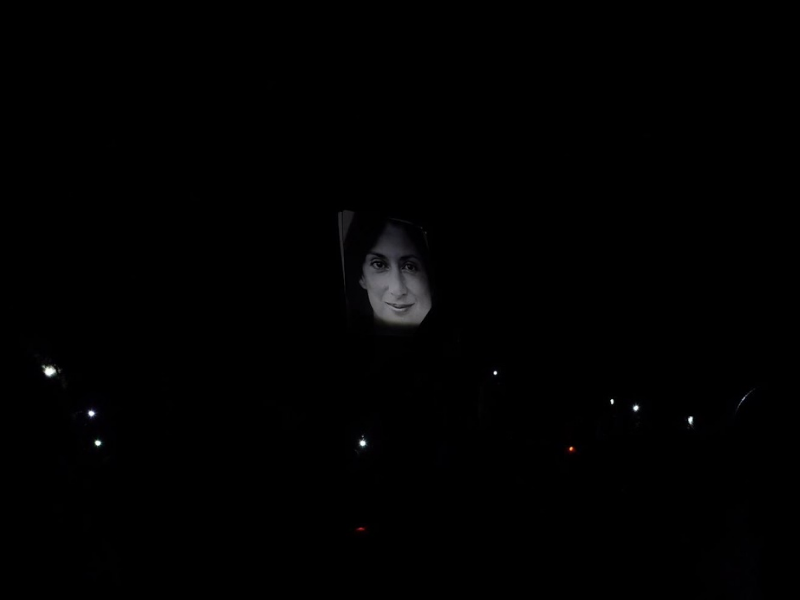
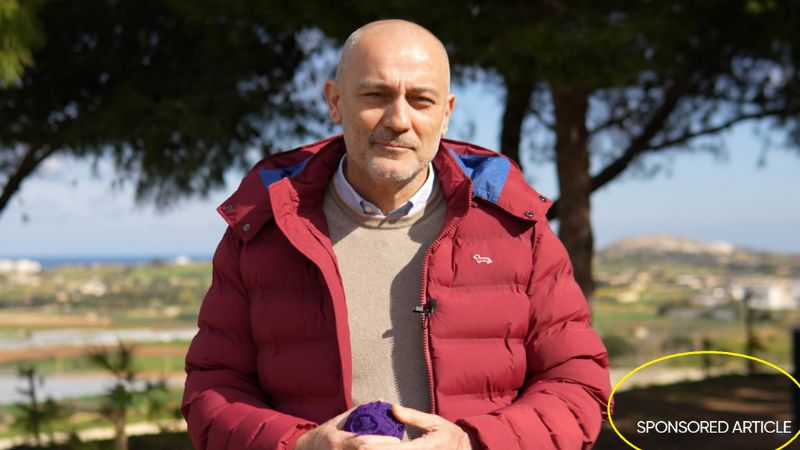







The real tragedy is that all these architects had free university education paid from all our taxes to then ruin our streets scape.
On accountability: Is it even possible to start a class action lawsuit against the government (PA, Minister for Environment, PM) on this matter? I am feedup of articles, protests and comments that although true and extremely valid get us nowhere. We keep on preaching to the converted while environmental atrocities keep piling up!
And one other thing which irks me is the PA policy which is ruining our townhouses. Townhouses are being reduced to just a facade with the rest of the house torn down and rebuilt. In cases, additional floors are built and most are not compatible with the original. Perhaps it is a reflection of today’s society where everything is a facade and nothibf is what it seems to be.
Veriisimu dawn in-nies suppost qedin mafqulin frankuni u mhux jaghmlu li jridu bil-poplu Malti ghal flus mil-flus ghal flus. Allura dawn iridu reewixta fil-pajjiz what.
‘We have to accept that Malta is moving into a modern era’
What this man said has the blessing of the Mizbla ta’ Kastilja.
Great article.
One day these monstrosities have to be pulled down again and the areas they destroyed rehabilitated… with those developers’ (or heirs’) money. And the sooner we start pushing for meaningful remedies the better.